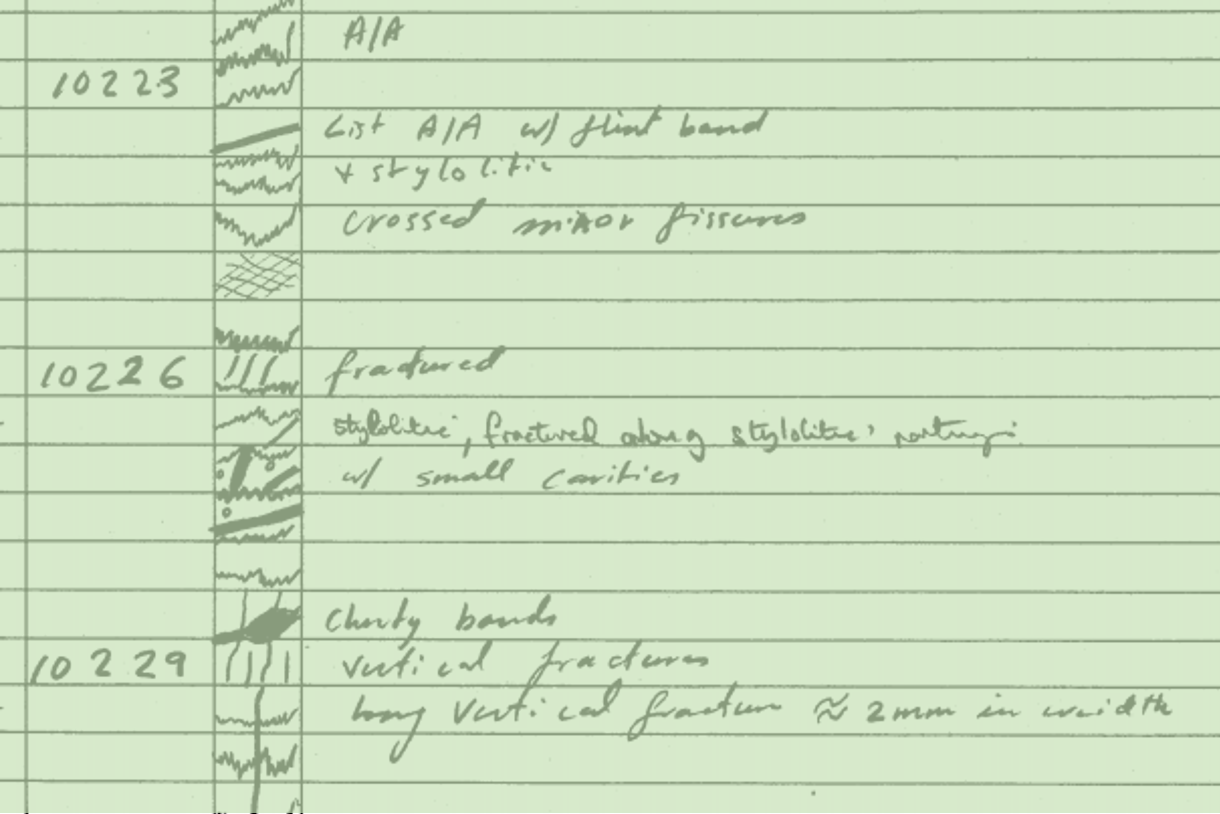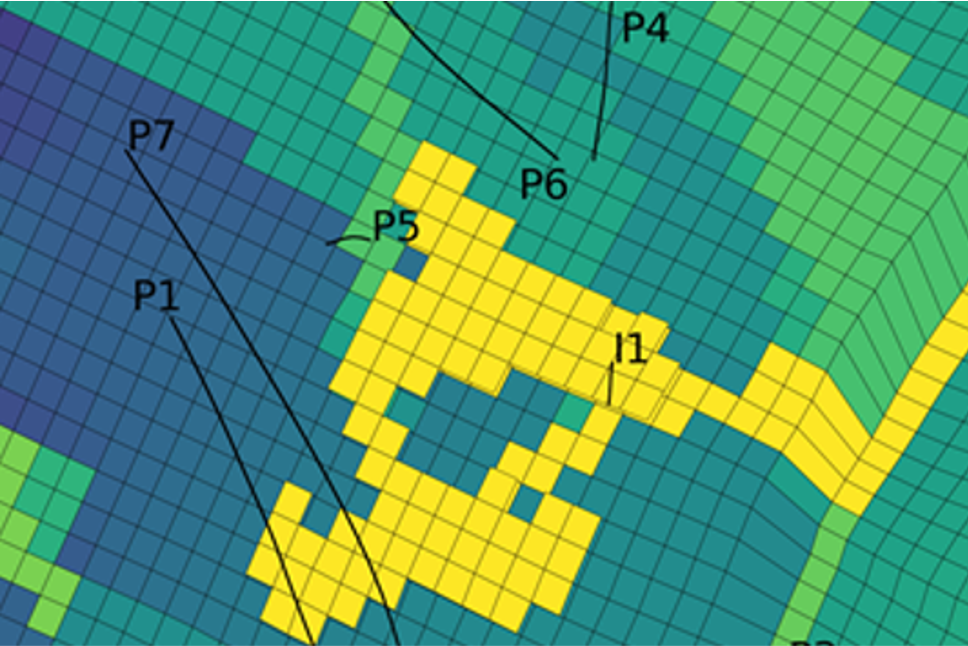Back in 1964, Phillips Petroleum was awarded several exploration licences offshore Norway. “In time-honoured Oklahoma fashion, these licences were given imaginative names: Area A, B, up to G,” Leslie Popham wrote in a series of social media posts he dedicated to Ekofisk in 2018.
Then, someone had the idea to name the prospects in these areas after fish. This worked fine all the way up to E; with Bream and Brisling for Area B as an example. However, things turned complicated when Area E prospects were to be named, with only one fish in the entire dictionary starting with a E.
As Popham recalls: “The boss went into his office, not to be disturbed for an hour. He then came out and presented his idea: The Norwegian word for fish is “fisk”, so we’ll call them all something-fisk. Then “Eko” from seismic “echo”, as we found the field with seismic echoes!” It is as easy as that.
A serendipitous find
The discovery of Ekofisk was not a matter of a carefully planned exploration well to test the Upper Cretaceous Chalk reservoir. When the 2/4-2 discovery well was spudded, the main target was a Paleocene sand overlying the Chalk, as this was the only oil-bearing reservoir that had thus far been found in the Norwegian sector further to the northwest.

However, the well didn’t find any Paleocene sand. As Popham continues in his Ekofisk story: “Shale, shale, and shale. No sand, no oil.” It was then decided to keep on going until the first bit of Chalk was drilled, to prove that the whole of the Paleocene was penetrated. So when the Chalk was eventually coming over the shakers and was found heavily oil bearing, the excitement was obviously high. The rest is history; it was the start of a journey that still continues till today.
Production history
When production from the field started in 1971, it was expected to be economic for about 17 years and achieve a recovery rate of 17-18 percent. Today, ConocoPhillips expects more than 50 percent of its original oil to be extracted.
So far, Ekofisk has produced about 4.2 billion barrels of oil equivalent, with remaining recoverable reserves of approximately 400 million barrels of oil equivalents. A major turning point in its production history was the start of water injection in 1987, which can clearly be recognised in the production plot seen below.
Since then, the area for water injection has been expanded in several phases, and experience has, according to norskpetroleum.no, shown that the water displaces the oil far more efficiently than expected. Production is maintained at a high level through constantly new wells for water injection, as well as new production wells. The main challenges today are to identify the remaining pockets of oil, as well as handling increasing amounts of produced water in the production wells.
READ ALSO: Ekofisk could have been Danish (in Norwegian)
The oil column has a height of 300 meters and is located at a depth of about 3,000 meters, with the reservoir consisting of naturally fractured Upper Cretaceous Chalk in the Tor Formation and early Paleocene age in the Ekofisk Formation (see cross-section above).
Recoverable resources in the Ekofisk area have increased significantly since 1969 through a number of small and large discoveries that have been gradually developed. The largest field in the Ekofisk area next to Ekofisk is Eldfisk, which was found in 1970.

HENK KOMBRINK





